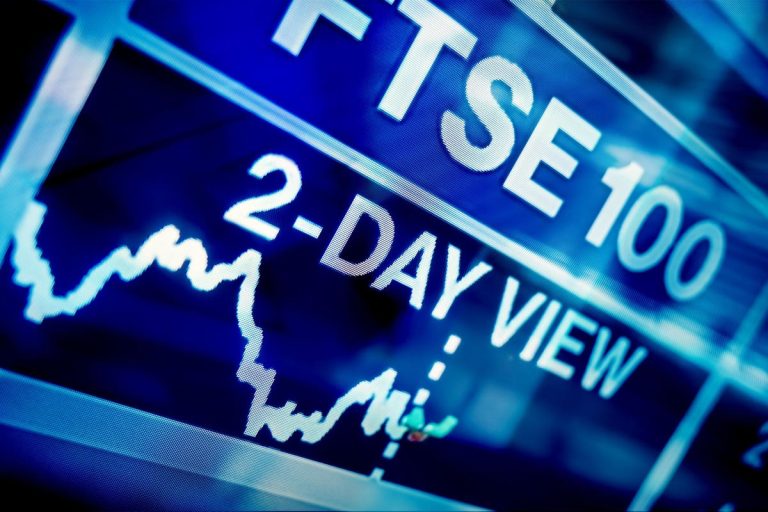The U.K. market is a standout, not because it’s a highflyer, but because it has been left behind by all the other major indexes in Europe and the U.S. It’s an unpopular view but it seems logical to say you’ve seen one company in a sector and you’ve seen them all, so it is easy to compare big companies on the U.K. bourse with those in the U.S. and Europe and see a big discrepancy in valuation with the U.K. and its listed companies coming out as deep value.
That should make investors’ mouths water but this terrible performance has been going on for decades, so is it ever going to change?
I always say the only thing you need to know in investing is, is the market going up or is it going down. Nothing else matters. It is an irritating statement to many, especially those that basically follow market noise, but you don’t need to be a math genius to see why the statement is true.
The direction of the market does all the heavy lifting for the investor. Rising tides raise all ships (apart from the ones with holes in the bottom and even then some get by) and of course the rubbish surely floats just well in a bull market. Conversely, you need to be a genius to make money on the long side in a bear market. Bear markets do and will grind any investor down.
There are two simple ways to know if you are in a bull or bear. Here is a diagram of the first:
This is a solid way to know which market you are in because in a bull the markets drop vertically but rise diagonally and vice versa for a bear. As you see from the diagram this can happen and the price can go nowhere over periods but the wave form tells you the trend’s underlying tendency.
The second method is a bit more complicated.
In a bull there will be plenty of hugely rising shares on any average day, come what may. In a bear when a good stock has bad news it will fall mightily in an overreaction even if the index goes up or nowhere. These behaviors tell an investor about the general market and help to flag changes in direction when all else is covered by the fog of news and sentiment.
For single shares, a bear market even on an up day can create a handful of large bearish overreactions and a bull market has bullish overreactions even on a down day. That is kind of in contrast to how the trend behaves which is an average, not the so called kurtosis where the outliers live that act as early indicators.
So what of the U.K. market?
I think we are in a very young and fragile bull. An autumn rally is a high probability trade and autumn is approaching fast.
While statistics say the market will 50/50 be unchanged by Christmas I think it will be noticeably higher.
The big question: is the U.K. market doomed? If it isn’t it should be a part of anyone’s portfolio as it offers all sorts of diversification and is accessible in the U.S. through big cap ADRs.
I am a contrarian so on theme I am very long the U.K. market. If you believe in buy low and sell high this is the market for you. It is packed with international companies at bargain bin prices. It is a dividend investors’ dream market. As a contrarian the FTSE 100 stocks on the U.K. market provide an irresistible list of value.
If you are contrarian you should take a look.
Read the full article here









